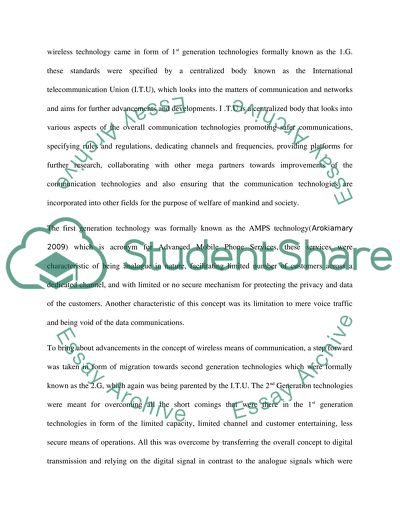Cite this document
(“Telecommunications and wireless technology Assignment”, n.d.)
Telecommunications and wireless technology Assignment. Retrieved from https://studentshare.org/information-technology/1475284-telecommunications-and-wireless-technology
Telecommunications and wireless technology Assignment. Retrieved from https://studentshare.org/information-technology/1475284-telecommunications-and-wireless-technology
(Telecommunications and Wireless Technology Assignment)
Telecommunications and Wireless Technology Assignment. https://studentshare.org/information-technology/1475284-telecommunications-and-wireless-technology.
Telecommunications and Wireless Technology Assignment. https://studentshare.org/information-technology/1475284-telecommunications-and-wireless-technology.
“Telecommunications and Wireless Technology Assignment”, n.d. https://studentshare.org/information-technology/1475284-telecommunications-and-wireless-technology.


